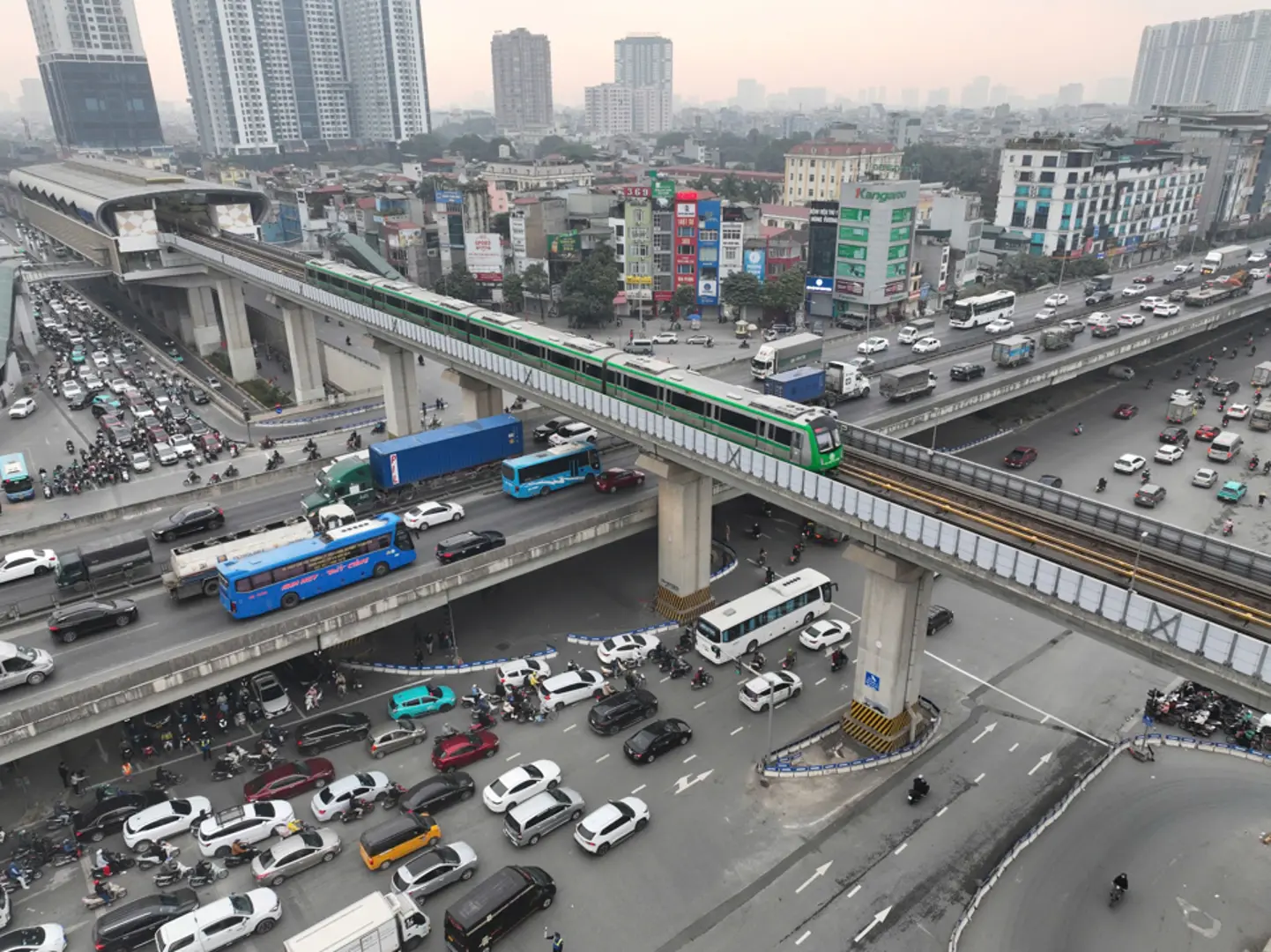Friday, 16:22 22/09/2017
Income tax reduction for competitiveness improvement
The Law of corporate income tax (CIT) has been proposed for modification by Ministry of Finance, in which the news of CIT for small and medium enterprises (SMEs) being significantly reduced has received positive responses from the business community.
However, in order for the law to be effective, the Ministry of Finance need to listen to opinions from the business community for adjustment.
According to the Ministry of Finance, the revised Law of CIT will support and create conditions for SMEs to be stable and development. As such, The Ministry is considering two options. The first option is to set the tax for small enterprises at 17%; tax for micro enterprises at 15%. In which, criteria to determine the enterprises being qualified for preferential tax treatment is applied for small and micro enterprises in accordance with Law on supporting SMEs (tax amount of 17% not applicable for medium enterprises). Specifically, micro enterprises (enterprises with revenue under 3 billion VND) are set to have tax of 15%; micro enterprises (with the number of employees participate in social insurance under 200 people; and revenue from 3 – 50 billion VND per year) are set to have tax of 17%.
The second option is the apply the same tax of 17% to SMEs; in which the criteria of SMEs are based on the Law on CIT No. 32/2013/QH13, but the revenue threshold is raised from under 20 billion VND per year to 50 billion VND per year.
According to the Director of the Tax policy department (Ministry of Finance) Nguyen Van Phung, Vietnam currently have 95% enterprises being SME, in which the majority is small and micro enterprises. As such, the revised law of CIT this time will aim to expand to a greater pool of enterprises. Vice Chairman of the Vietnam SME Association To Hoai Nam said, the solution to reduce CIT is a positive signal for the support and remove difficulties for enterprises. This policy is essential for the development of enterprises, both in short term and long term. However, the specific amount need to be thoroughly discussed based on detailed analyzing cost and revenue of enterprises.
According to the Chairman of BASICO law firm – lawyer Truong Thanh Duc, the law should not apply different tax amount ranging from 15 – 17 – 20%, which is based on scale of revenue and workforce, due to its complexity, unreasonable, easy to be abused and taken advantage of. This will in the future encourage enterprises to maintain its small scale, which will cause difficulties in the future with related to efficiency and competitiveness.
Another important aspect received attention from the business community is to categorize enterprises. As this will directly impact the tax amount payable to enterprises. According to Nui Phao Mining Limited Company, the Ministry of Finance should reconsider the revenue threshold of 50 billion VND per year for small enterprises. As such, representative of the company suggested the criteria for evaluation should based on the Law on supporting SME in 2017, with that foundation to set up an appropriate tax amount.
According to expert Dang Thi Binh An, in order for SMEs to pay the CIT under the revenue threshold of under 3 billion VND, the Ministry of Finance should review the current situation of tax payment. For enterprises with revenue under 20 billion VND, there should be several revenue sub-threshold. This will increase revenue for state budget, saving expenses for enterprises in the accounting process.

Supporting enterprises at Hanoi Tax Department.
|
The second option is the apply the same tax of 17% to SMEs; in which the criteria of SMEs are based on the Law on CIT No. 32/2013/QH13, but the revenue threshold is raised from under 20 billion VND per year to 50 billion VND per year.
According to the Director of the Tax policy department (Ministry of Finance) Nguyen Van Phung, Vietnam currently have 95% enterprises being SME, in which the majority is small and micro enterprises. As such, the revised law of CIT this time will aim to expand to a greater pool of enterprises. Vice Chairman of the Vietnam SME Association To Hoai Nam said, the solution to reduce CIT is a positive signal for the support and remove difficulties for enterprises. This policy is essential for the development of enterprises, both in short term and long term. However, the specific amount need to be thoroughly discussed based on detailed analyzing cost and revenue of enterprises.
According to the Chairman of BASICO law firm – lawyer Truong Thanh Duc, the law should not apply different tax amount ranging from 15 – 17 – 20%, which is based on scale of revenue and workforce, due to its complexity, unreasonable, easy to be abused and taken advantage of. This will in the future encourage enterprises to maintain its small scale, which will cause difficulties in the future with related to efficiency and competitiveness.
Another important aspect received attention from the business community is to categorize enterprises. As this will directly impact the tax amount payable to enterprises. According to Nui Phao Mining Limited Company, the Ministry of Finance should reconsider the revenue threshold of 50 billion VND per year for small enterprises. As such, representative of the company suggested the criteria for evaluation should based on the Law on supporting SME in 2017, with that foundation to set up an appropriate tax amount.
According to expert Dang Thi Binh An, in order for SMEs to pay the CIT under the revenue threshold of under 3 billion VND, the Ministry of Finance should review the current situation of tax payment. For enterprises with revenue under 20 billion VND, there should be several revenue sub-threshold. This will increase revenue for state budget, saving expenses for enterprises in the accounting process.























